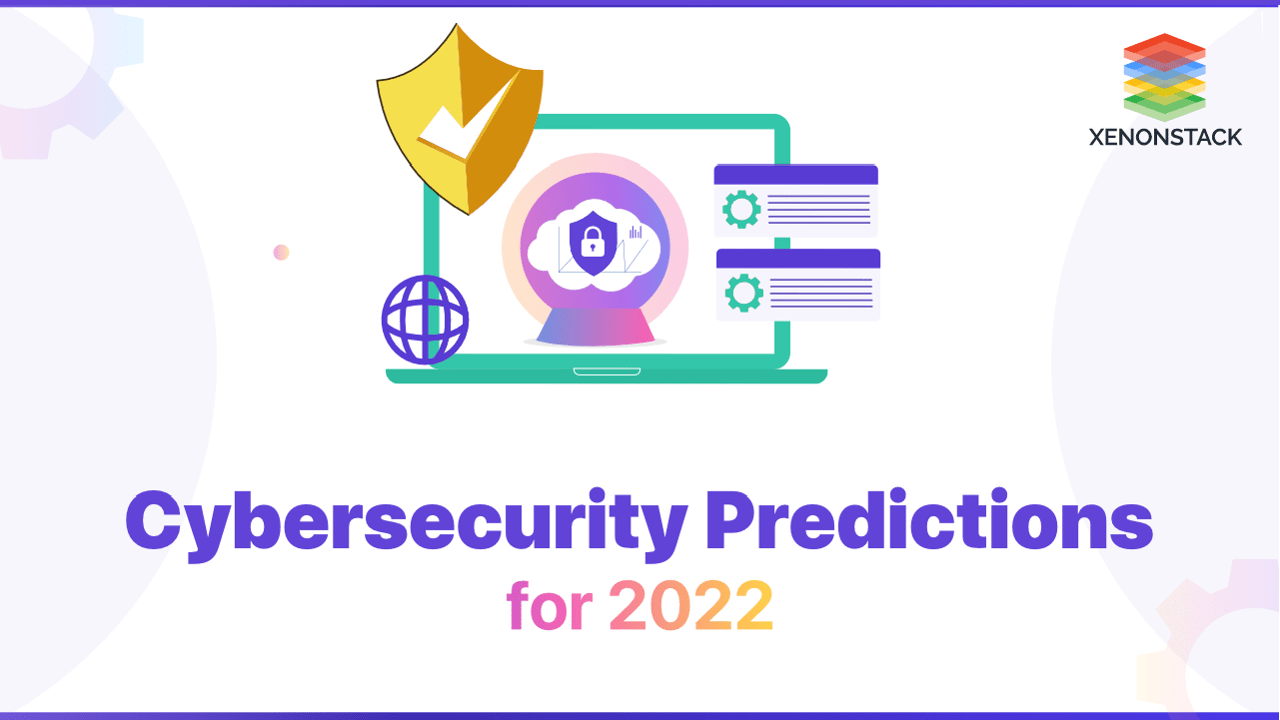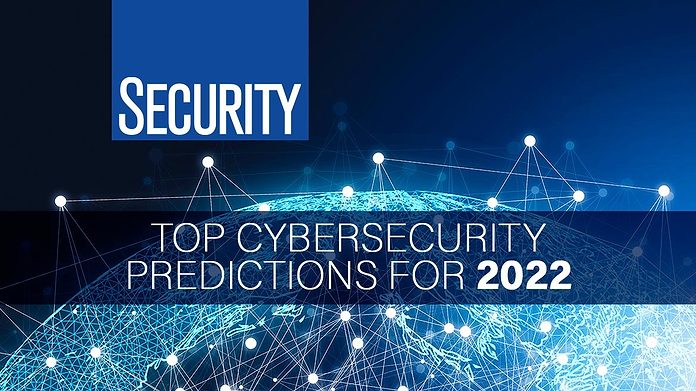Develop cyber resilience to withstand and recover from cyber threats.
Wiki Article
The Following Frontier: Insightful Cybersecurity Predictions for the Coming Year
As we approach the brand-new year, the cybersecurity landscape is on the brink of notable change. Key elements such as the integration of sophisticated AI technologies, the inevitable surge of sophisticated ransomware, and the firm of information personal privacy laws are forming the future of digital protection. In addition, the ongoing frequency of remote work proceeds to subject new susceptabilities that companies should navigate. Understanding these characteristics is vital for anticipating the difficulties in advance and purposefully strengthening defenses, yet the effects of these modifications remain to be totally checked out.Increase of AI in Cybersecurity
In the swiftly advancing landscape of cybersecurity, the integration of synthetic knowledge (AI) is becoming a critical force in improving threat discovery and response abilities. AI technologies, such as artificial intelligence formulas and deep learning models, are being increasingly released to assess large amounts of information and recognize patterns a sign of safety threats. cyber attacks. This enables organizations to proactively attend to vulnerabilities prior to they can be exploitedThe increase of AI in cybersecurity is especially considerable in its capability to automate routine tasks, allowing human analysts to concentrate on more complex safety and security problems. By leveraging AI, cybersecurity teams can lower reaction times and enhance the precision of danger analyses. Additionally, AI systems can adapt and discover from new risks, continually fine-tuning their detection systems to stay ahead of destructive actors.
As cyber threats end up being a lot more advanced, the need for innovative solutions will drive more financial investment in AI technologies. This fad will likely cause the advancement of enhanced security devices that integrate predictive analytics and real-time surveillance, inevitably strengthening business defenses. The change towards AI-powered cybersecurity options stands for not just a technical change however a fundamental modification in how organizations approach their protection strategies.
Boost in Ransomware Strikes
Ransomware strikes have ended up being a widespread risk in the cybersecurity landscape, targeting companies of all dimensions and across different sectors. As we advance right into the coming year, it is expected that these assaults will not only raise in frequency but also in elegance. Cybercriminals are leveraging innovative techniques, consisting of the use of artificial intelligence and device discovering, to bypass conventional safety and security steps and exploit susceptabilities within systems.The rise of ransomware strikes can be associated to numerous variables, including the surge of remote job and the expanding dependence on digital services. Organizations are usually not really prepared for the developing threat landscape, leaving critical facilities vulnerable to breaches. The monetary effects of ransomware are astonishing, with firms dealing with hefty ransom needs and possible long-term functional interruptions.
Moreover, the trend of double extortion-- where enemies not just encrypt information however also intimidate to leak sensitive details-- has actually obtained traction, further persuading targets to abide by needs. Therefore, companies must prioritize durable cybersecurity measures, including normal back-ups, employee training, and occurrence feedback preparation, to minimize the risks cyber resilience connected with ransomware. Failing to do so could cause ravaging effects in the year ahead.
Development of Information Privacy Regulations
The landscape of data personal privacy laws is going through significant improvement as federal governments and companies react to the enhancing worries bordering personal information protection. In current years, the implementation of extensive structures, such as the General Data Security Policy (GDPR) in Europe and the California Customer Personal Privacy Act (CCPA) in the United States, has actually established a criterion for more stringent privacy legislations. These policies stress consumers' rights to regulate their information, mandating openness and liability from companies that gather and refine individual details.
Additionally, organizations will certainly require to boost their conformity methods, purchasing advanced innovations and training to secure delicate info. The development of information personal privacy regulations will not just influence exactly how companies operate however likewise form consumer assumptions, fostering a culture of trust fund and safety in the digital landscape.
Growth of Remote Work Susceptabilities
As companies proceed to embrace remote work, susceptabilities in cybersecurity have actually significantly come to the center. The shift to versatile work plans has exposed essential spaces in security procedures, specifically as employees access sensitive information from varied places and devices. This decentralized workplace develops a broadened attack surface for cybercriminals, that manipulate unsafe Wi-Fi networks and individual gadgets to infiltrate corporate systems.
To mitigate these vulnerabilities, organizations need to focus on comprehensive cybersecurity training and carry out robust safety and security frameworks that incorporate remote job situations. This includes multi-factor authentication, normal system updates, and the establishment of clear protocols for data accessibility and sharing. By dealing with these susceptabilities head-on, companies can cultivate a safer remote job atmosphere while maintaining functional resilience in the face of advancing cyber threats.
Innovations in Risk Discovery Technologies


Proactive threat detection has actually become a cornerstone of contemporary cybersecurity methods, mirroring the immediate need to counteract increasingly sophisticated cyber hazards. As companies encounter an advancing landscape of susceptabilities, developments in hazard detection technologies are essential in mitigating risks and boosting safety postures.
One noteworthy trend is the combination of expert system and artificial intelligence right into hazard detection systems. These innovations make it possible for the evaluation of huge quantities of data in actual time, permitting for the recognition of anomalies and potentially destructive activities that might evade traditional security actions. Furthermore, behavioral analytics are being implemented to develop standards for regular customer task, making it much easier to detect discrepancies indicative of a violation.
Moreover, the increase of automated danger intelligence sharing platforms facilitates collective defense efforts across industries. This real-time exchange of details enhances situational understanding and speeds up action times to arising dangers.
As organizations remain to buy these sophisticated technologies, the performance of cyber defense reaction will considerably improve, empowering security groups to stay one action ahead of cybercriminals. Inevitably, these developments will certainly play a vital role fit the future landscape of cybersecurity.
Final Thought
In summary, the upcoming year is anticipated to witness transformative growths in cybersecurity, driven by the integration of AI innovations and a remarkable rise in ransomware strikes. As information personal privacy regulations become much more rigid, companies will require to improve compliance methods. The recurring obstacles presented by remote job vulnerabilities require the execution of robust safety and security measures and thorough training. Generally, these progressing dynamics underscore the essential significance of adapting to an ever-changing cybersecurity landscape.Report this wiki page